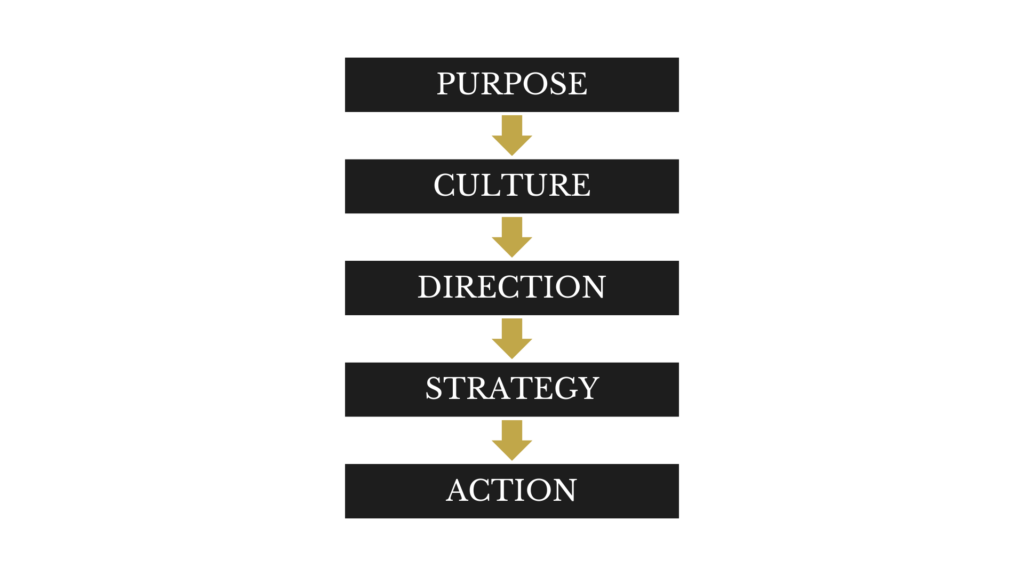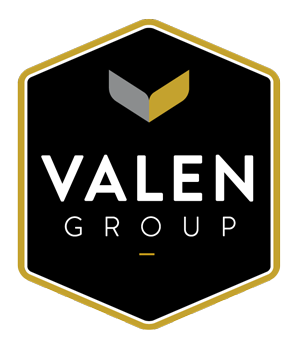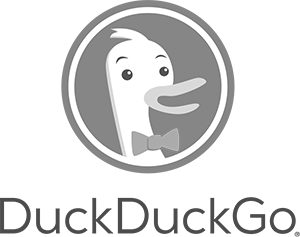Strategic planning isn’t just a check-the-box exercise
It’s the key to sustainable success. Too many companies either get it wrong or fail to execute altogether. If you want to build a plan that doesn’t just sit on a shelf, you need more than surface-level thinking. You need a strategy that’s deeply embedded in your company’s core and flexible enough to adapt to the complexities of the real world.
If you’re ready to elevate your strategic planning game, here’s how to do it at a level that sets you apart— with no fluff.

step 1: mission (purpose) + Core Values
Start with your dna
Your company’s core values and mission are more than just statements of intent—they are the non-negotiables that shape every strategic decision. Mission or purpose answers the reason your organization exists. Your values define your organizational culture and guide behavioral norms. These don’t need to be memorized by everyone in your organization, but they DO need to be internalized as part of your culture.
strategic context
Core values and purpose act as boundary conditions for your strategy. They create alignment so the many people who work in your organization act in a coordinated way to drive a strategic direction. It is the foundation of the organization. Without this anchor, even the most well-crafted strategy can drift into misalignment, leading to long-term strategic decay.
Advanced concept:
We all know we need to the right people on the bus. People make the vision a reality. Core values are your determining factor for fit for hire. Knowledge and skills can be learned. Mission helps bind people to a common purpose.
Actionable insight
Audit your strategic initiatives against your purpose. Use core values for team alignment. Are they in sync? If not, it’s time to reassess whether those initiatives should continue.
step 2: Strategic Vision / Strategic Direction
Strategic vision is about creating a shared future.
It’s not just about where you want to be; it’s about defining a future that compels action and aligns stakeholders. The strategic direction should be forward-looking and aspirational, but grounded in reality. It’s not enough to declare that you want to be the leader in your industry—you must articulate how you’ll lead and why that leadership is inevitable based on your current trajectory.
strategic context
Your vision should serve as the north star that guides how to allocate resources, what capabilities to develop and provides alignment for decision-making and choices.
Advanced concept:
Think of your strategic vision as the driving force behind your every-changing capabilities—the organization’s ability to sense, seize, and reconfigure assets to maintain competitiveness in a changing environment. Your vision is not static; it evolves as your organization builds new capabilities and adapts to market shifts.
Actionable insight
Refine your vision by stress-testing it against different future scenarios. Does it hold up under various competitive pressures? If not, refine it until it does.
step 3: Strategy development
Strategic clarity is non-negotiable.
The core of strategy development lies in making deliberate choices about where to compete and how to win. This phase is about focus—choosing the markets, segments, and geographies that align with your strengths and winning is differentiation that is hard to copy and lasts, e.g. creating a sustainable competitive advantage.
strategic context
Your market choices, where to play should be guided by a deep understanding of your core competencies and market trends. It will inform choices for strategic positioning or how to win.
It’s not just about market size or growth rates; it’s about understanding the trends and exploring various market dynamics to identify where your company can create and capture value. The goal is to identify the strategic sweet spot where your activities or solutions meet market needs in a way that competitors can’t easily replicate.
When identifying which aspects to enhance or protect, make choices to create a differentiated position that is hard for competitors to erode. At this stage, avoid killing an idea based on feasibility or worrying about what you do today when setting long-range strategy. Rather, focus on fit with the future opportunities identified.
Advanced concept:
Consider the strategic coherence principle, where your values, mission, vision and strategy are not just aligned but interdependent. Every strategic initiative should reinforce your core values, creating a self-reinforcing loop that strengthens your competitive position over time.
Actionable insight
Leverage an activity map to determine what you do well and find your core competencies to understand where you can deliver unique value. Focus on “future market opportunities” by painting pictures or variations from insight into environmental factors and behaviors that shape the direction of markets.
step 4: Action planning
Turning strategy into action is where most companies falter.
A strategy without a corresponding action plan for functional areas is nothing more than wishful thinking. Operationalize your strategy by translating high-level goals into specific actions, timelines, and accountability. These activities turn strategy into the “strategic plan.”
Multi-Year Roadmap
Your multi-year roadmap isn’t just a timeline—it’s a strategic alignment tool. It ensures that all parts of your organization are moving in the same direction, with clear milestones that guide decision-making. The roadmap should be dynamic, allowing for adjustments as you gather new information and as the market evolves.
Advanced concept:
Use strategic milestones to break down your roadmap into manageable chunks. Each milestone should act as a checkpoint where you assess progress, reallocate resources, and adjust tactics as necessary. These milestones also serve as a means of maintaining strategic alignment across the organization.
Functional Planning
Functional planning is where strategy is translated into a plan to build the right capabilities for the future. Each function, group or department needs a clear, actionable plan that aligns with the overall strategic goals. This involves setting specific targets, allocating resources, and defining metrics for success.
Advanced concept:
Implement cascading goals—start with strategy and strategic goals at company, corporate or business-unit level and break them down into functional or departmental objectives, team goals, and individual KPIs. This ensures that everyone in the organization knows how their work contributes to the broader strategic objectives.
Actionable insight
Set up quarterly Business Reviews for each department or functional area. During these reviews, identify and prioritize how to support the strategic levers of the plan. This enables a continuous improvement loop that is closely tied to real business outcomes, ensuring that functional areas are directly contributing to your multi-year strategic goals.
Bringing it all together
strategic planning is not a one-time event
It’s an ongoing process. By integrating your core values, setting a clear strategic vision, making informed strategic choices, and ensuring disciplined execution, you create a plan that not only guides your organization, business-unit or department but also adapts to changes in the competitive landscape.
Final Thoughts
Treat your strategic plan as a living document that evolves as market realities – changes and opportunities – unfold. Regularly review and update your strategic plan and strategies to ensure it remains aligned with your goals, capabilities, and the external environment. This approach ensures that your organization remains relevant and effective over the long term.
How we help
- Mission, Core Value, Vision Development
- Strategy Workshops
- Strategy Assessment or Coaching
- Strategic Planning Services
- Market and Competitor Analysis
Connect with us to discuss your strategic planning goals and desires for a great outcome with your organization, we would be honored to help you and your team.



























